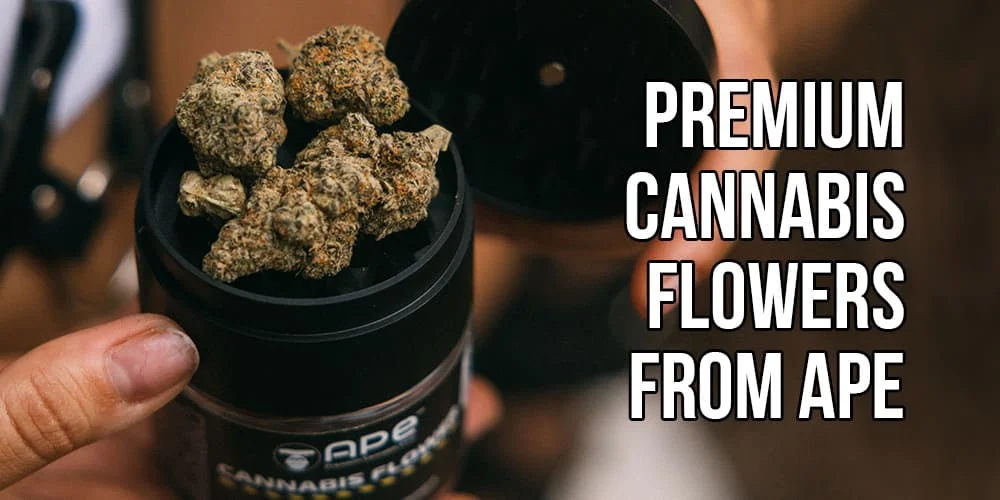In the world of cannabis cultivation, one of the most common challenges growers face is the slow growth of cannabis flowers. This phenomenon can significantly delay harvest times and impact the overall yield and quality of the crop. Understanding the underlying reasons for this slow growth is crucial for growers aiming to optimize their cultivation practices.
In this comprehensive guide, we will delve into the various factors that can cause cannabis flowers grow slowly, offering insights and solutions to help you navigate these challenges effectively.
- Growing Cannabis: Clones or Seeds, Which is Best?
- What Is The Solo Cup Grow?
- Is there a weed season? And if so, when does It come?
Genetic Factors

The genetic makeup of a cannabis plant sets the stage for its growth potential and flowering speed. Strains that are genetically predisposed to grow slowly may require more time to reach full maturity, affecting the overall timeline of cultivation. Breeders often focus on enhancing certain traits, such as THC content or disease resistance, which can inadvertently slow down growth. It’s important for growers to choose strains that align with their growth expectations and environmental conditions.
Conducting research into the genetic background and growth patterns of different strains can provide valuable insights, guiding the selection process towards genetics that promote faster flowering without sacrificing quality. Choosing the right genetics involves understanding the history and characteristics of each strain. Indica strains, for example, tend to flower quicker than their sativa counterparts, which might be more suitable for growers looking to speed up the growth process.
Hybrid strains offer a balance, combining traits from both indica and sativa varieties. Growers should consider not only the growth speed but also how the genetic profile of a strain matches their cultivation environment and desired outcomes. Engaging with reputable seed banks or breeders can also offer access to detailed genetic information, helping to make informed decisions that optimize growth rates and flowering times.
Furthermore, genetic adaptation to local growing conditions can play a significant role in how well a plant will perform. Acclimatized genetics are more likely to thrive and flower quicker in their specific environments. This highlights the importance of sourcing seeds or clones from plants that have been successfully grown in similar conditions. Experimentation with different genetics can also uncover strains that unexpectedly excel in certain environments, providing unique opportunities for growers to enhance their yields and quality through careful genetic selection.
Indulge in the premier craftsmanship of APE Pre-Rolled Blunts, where unparalleled quality and an exceptional smoking experience converge. Each blunt is meticulously rolled in natural, unbleached paper, filled with the finest cannabis flower selected for its superior potency, flavor, and aroma.
Environmental Conditions
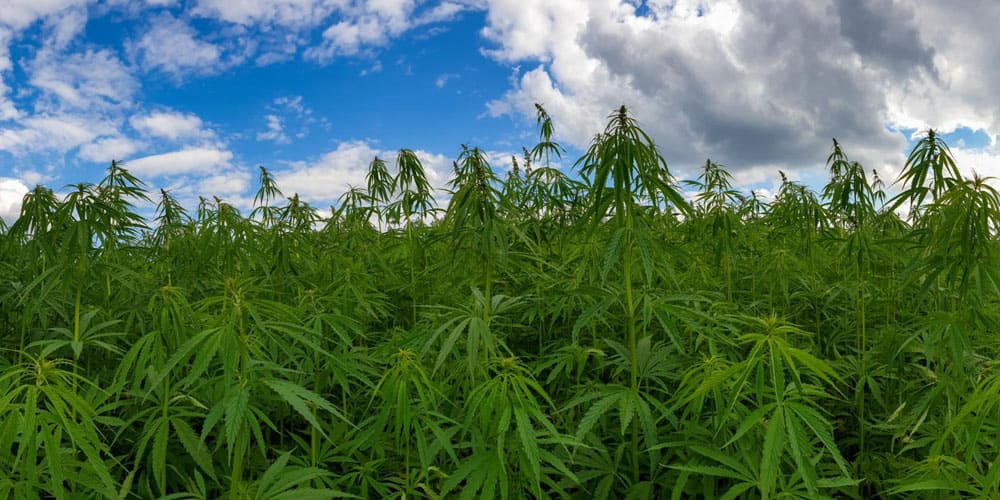
The environment in which cannabis is grown plays a pivotal role in its development. Suboptimal conditions can significantly hinder the growth of cannabis flowers, leading to slow development. Key environmental factors to monitor include:
- Light: Cannabis plants require ample light to thrive and flower. Insufficient light exposure can result in slow growth and weak bud development. Ensure your plants receive adequate light, whether you’re growing outdoors with natural sunlight or indoors with artificial lighting. Adjusting the light intensity and duration to mimic the plant’s natural growth conditions can promote faster flowering.
- Temperature and Humidity: Temperature and humidity levels greatly influence cannabis growth. Extreme temperatures, either too high or too low, can stress plants, slowing their growth. Ideal temperatures for cannabis flowering are between 65-80°F (18-26°C). Humidity levels should be reduced gradually during the flowering stage to prevent mold and mildew growth, with ideal levels around 40-50%. Monitoring and adjusting these parameters can create an optimal environment for cannabis flowers to develop more rapidly.
- Nutrient Availability: Cannabis plants require a balanced diet of nutrients to grow and flower efficiently. Nitrogen, phosphorus, and potassium are the primary nutrients needed, along with a range of micronutrients. Over or under-fertilization can lead to nutrient lockout or toxicity, both of which can slow flower growth. Implementing a well-balanced feeding schedule tailored to the flowering stage can ensure your cannabis plants have the necessary nutrients to flourish.
Watering Practices
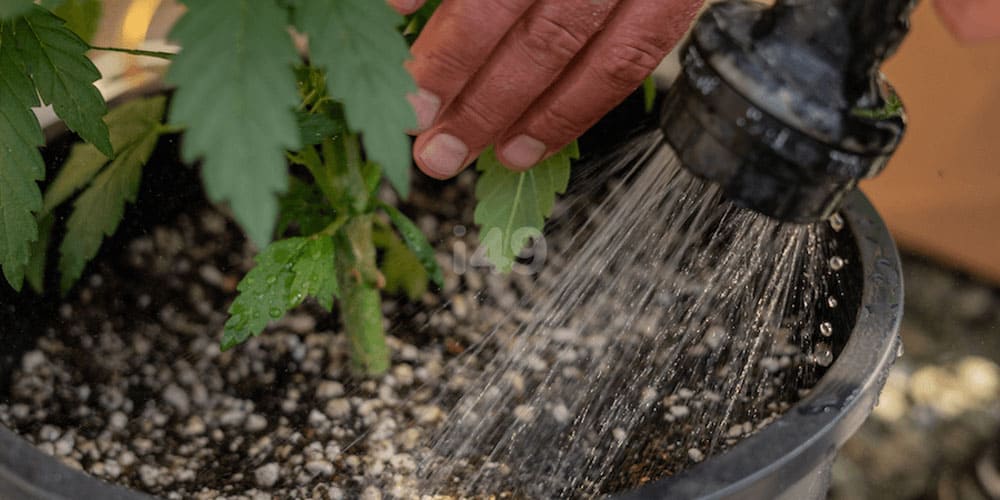
Watering practices are crucial for the healthy development of cannabis plants, including the speed at which flowers grow. Both overwatering and underwatering can lead to significant growth issues, making it essential to strike a perfect balance. Overwatering can suffocate roots, limiting their ability to absorb oxygen and nutrients, while underwatering can cause plants to become stressed and stunt their growth. Implementing a consistent watering schedule that allows the soil to dry out slightly between waterings encourages strong root development.
Monitoring the moisture level of the soil before watering can prevent common mistakes. Using tools such as soil moisture meters or simply feeling the soil can guide growers in determining the right time to water. Additionally, the watering needs of cannabis plants change throughout their life cycle, with increased demand during the flowering stage. Adjusting watering practices to meet these changing needs ensures that plants remain hydrated without becoming waterlogged, promoting healthier growth and faster flowering.
The quality of water used also impacts plant health and growth speed. Cannabis prefers a neutral pH range, and water with extreme pH levels can lead to nutrient lockout, where plants cannot absorb essential nutrients. Regularly testing and adjusting the pH of your water can prevent these issues, supporting optimal nutrient uptake and encouraging quicker flower development. Employing a balanced approach to watering, mindful of both quantity and quality, can significantly enhance the growth rate and vitality of cannabis flowers.
Elevate your cannabis experience with the Ape Premium Flower – a standout product that’s redefining elegance and quality in the cannabis market. These premium flowers are celebrated for their top-tier buds and unparalleled flavors, ensuring a superior experience with every use.
Plant Stress
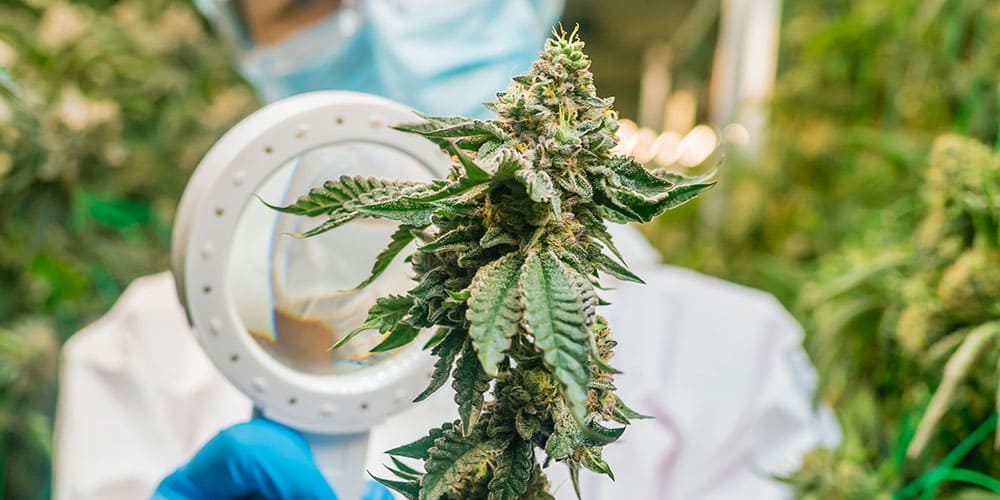
Stress is a major inhibitor of growth in cannabis plants, impacting not only the vegetative growth but also the rate at which flowers develop. Stress can be induced by a variety of factors, including environmental extremes, pest infestations, nutritional imbalances, and improper handling. Plants exposed to stress will often divert energy away from growth to focus on survival, which can drastically slow down the flowering process. Minimizing stress through careful environmental management, gentle handling, and timely interventions is crucial for maintaining optimal growth rates.
Effective stress management includes regular monitoring for pests and diseases, as these can quickly escalate into stressful situations for the plant. Implementing integrated pest management (IPM) strategies can help prevent infestations before they start, reducing plant stress and promoting healthier growth. Additionally, ensuring a stable environment that mimics the plant’s natural growing conditions as closely as possible—regarding light, temperature, and humidity—can prevent environmental stress, allowing the plant to focus its energy on flowering.
Mechanical stress, such as from training or pruning, should be conducted with care to avoid unnecessary damage to the plant. Techniques like low-stress training (LST) can encourage growth without significantly stressing the plant, whereas more aggressive methods should be applied judiciously. Recognizing and responding to the signs of stress early can prevent long-term growth issues, ensuring that cannabis flowers develop at an optimal pace.
Dive into the exquisite world of APE Infused Prerolls, where each joint is a masterpiece, infused with kief and adorned with sugar diamonds. APE Premium has meticulously curated a selection of strains to fulfill every desire, offering the soothing calm of indicas and the energetic uplift of sativas.
Harvest Timing
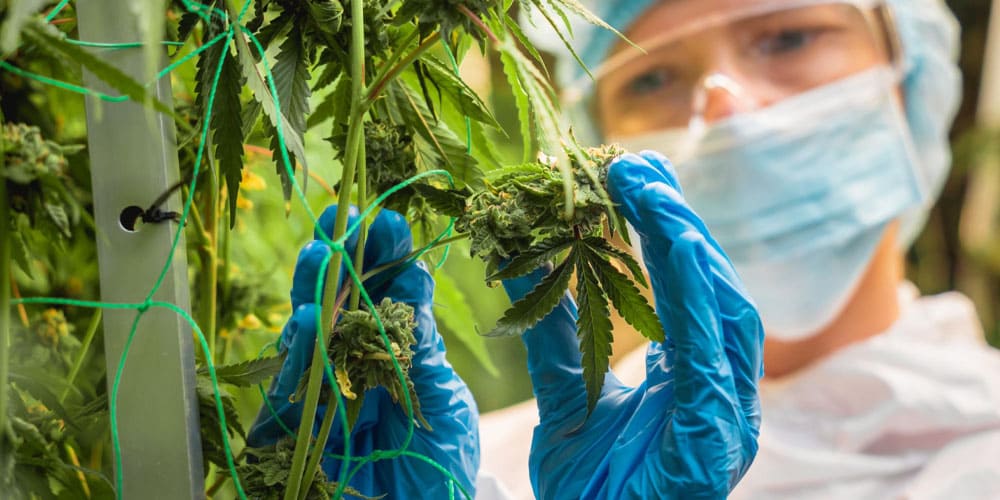
The timing of the harvest is a critical factor that influences not only the potency and flavor of the final product but also perceptions of growth speed. Harvesting cannabis flowers at the right time ensures that they have reached their full potential, with a full complement of cannabinoids and terpenes. Harvesting too early can result in underdeveloped flowers, lacking in potency and complexity, while waiting too long may lead to a degradation of these compounds. Understanding the signs of peak maturity, such as the color and condition of trichomes, is essential for timing the harvest correctly.
Observing trichomes with a magnifying glass or jeweler’s loupe can provide insights into the optimal harvest window. Clear trichomes indicate that the flower is still maturing, while a mixture of milky white and amber trichomes suggests peak maturity. This careful monitoring allows growers to harvest at the moment when the flowers have developed their maximum potential, contributing to a perception of faster growth by optimizing the flowering phase’s duration.
Moreover, the harvest timing can also be influenced by the desired effects of the final product. A harvest earlier in the maturity window may result in a more cerebral effect, while later harvests can offer a more sedative outcome. Understanding these nuances allows growers to tailor the harvest to their specific needs, maximizing the quality and efficacy of their cannabis flowers. Proper harvest timing, informed by close observation and an understanding of the plant’s signals, can significantly enhance the overall cultivation experience, ensuring that each plant reaches its full potential.


